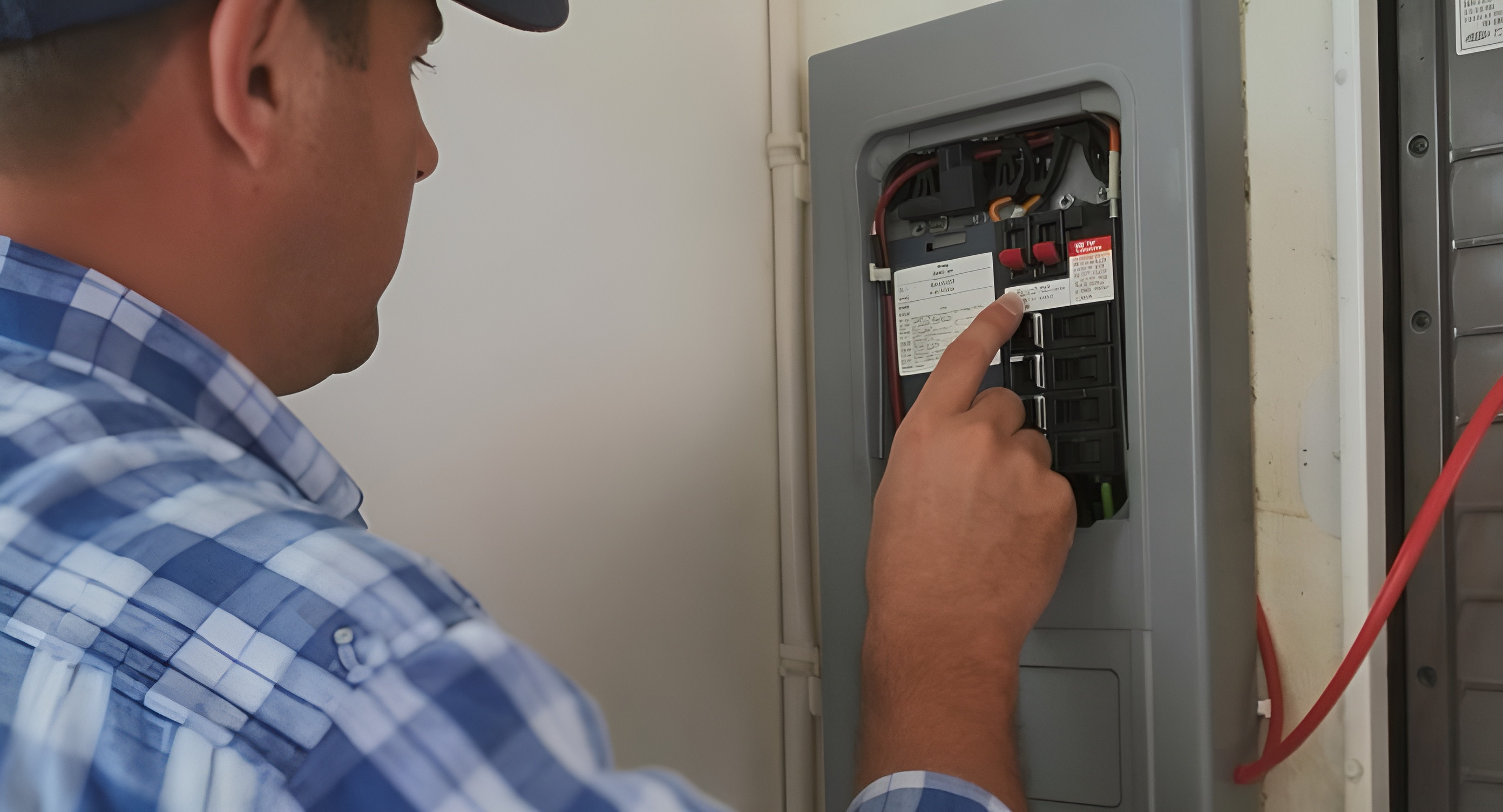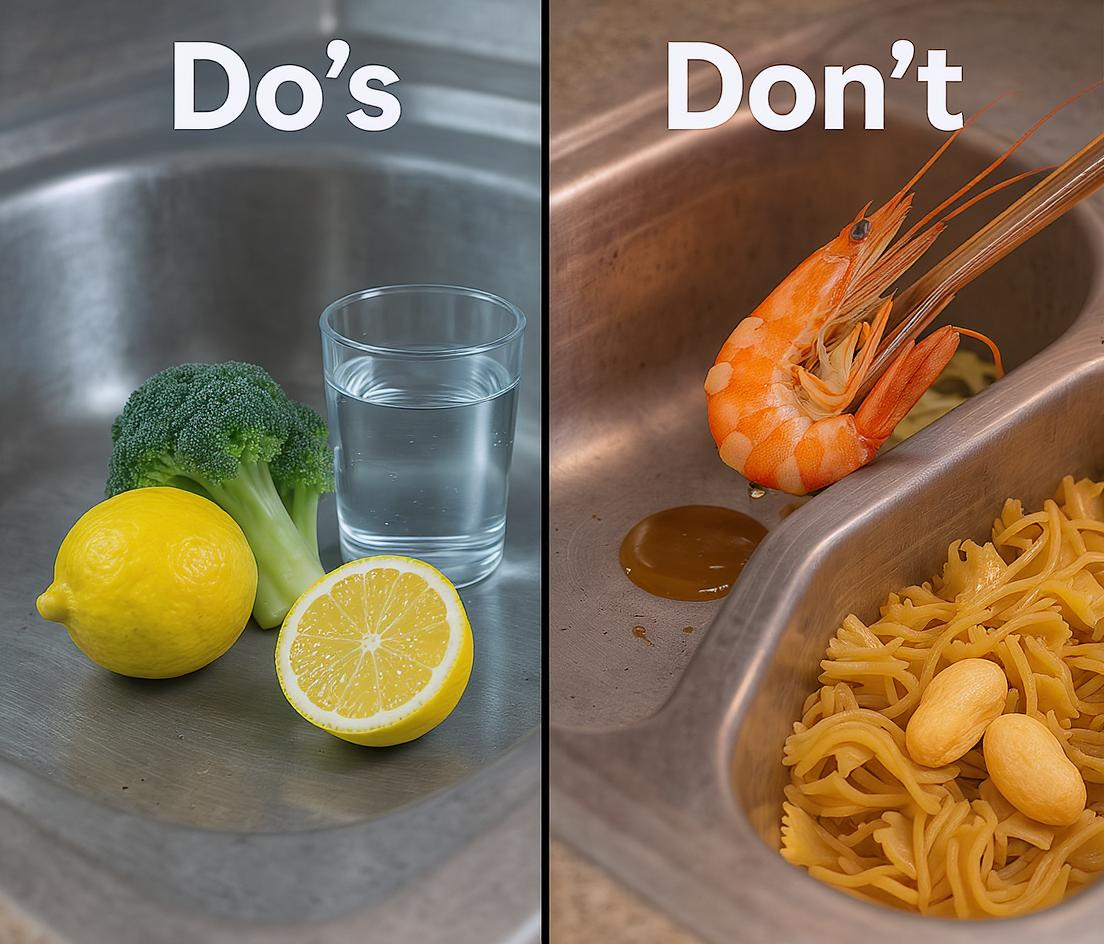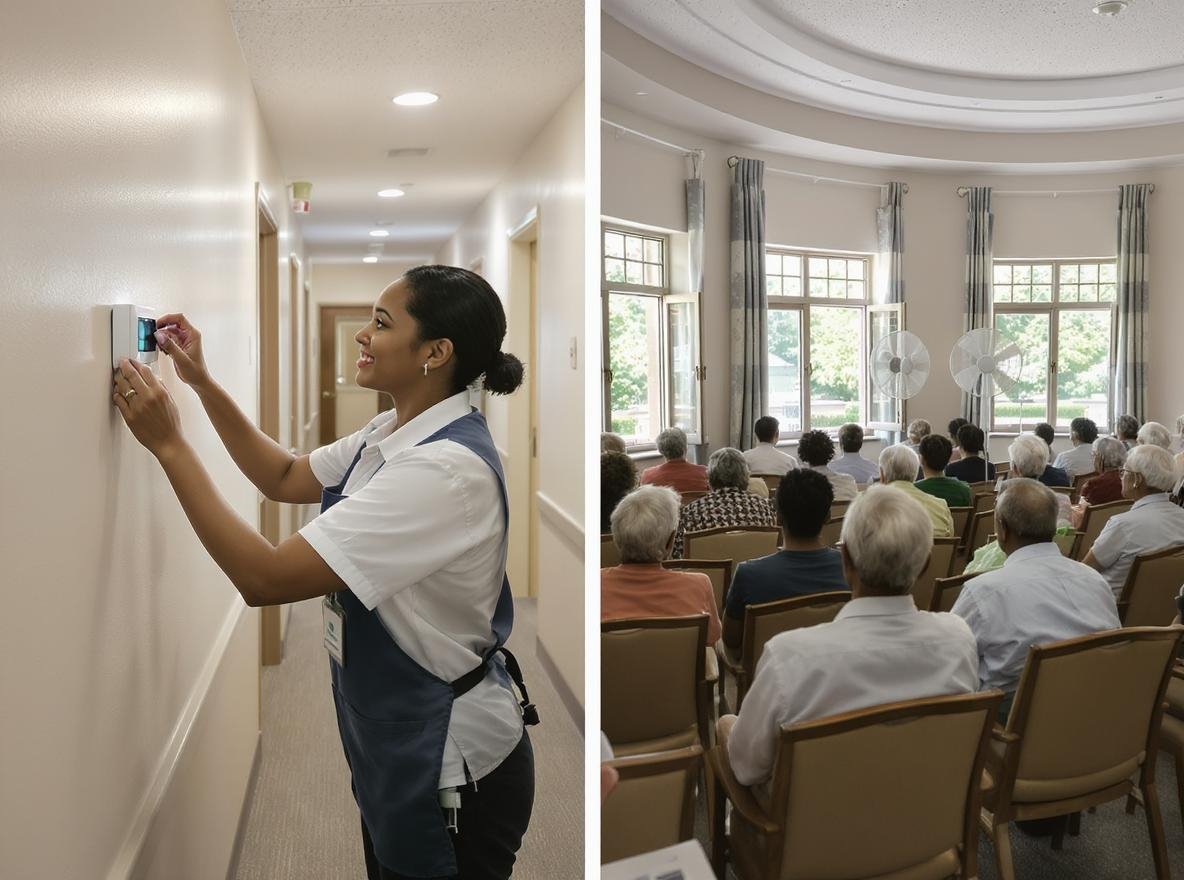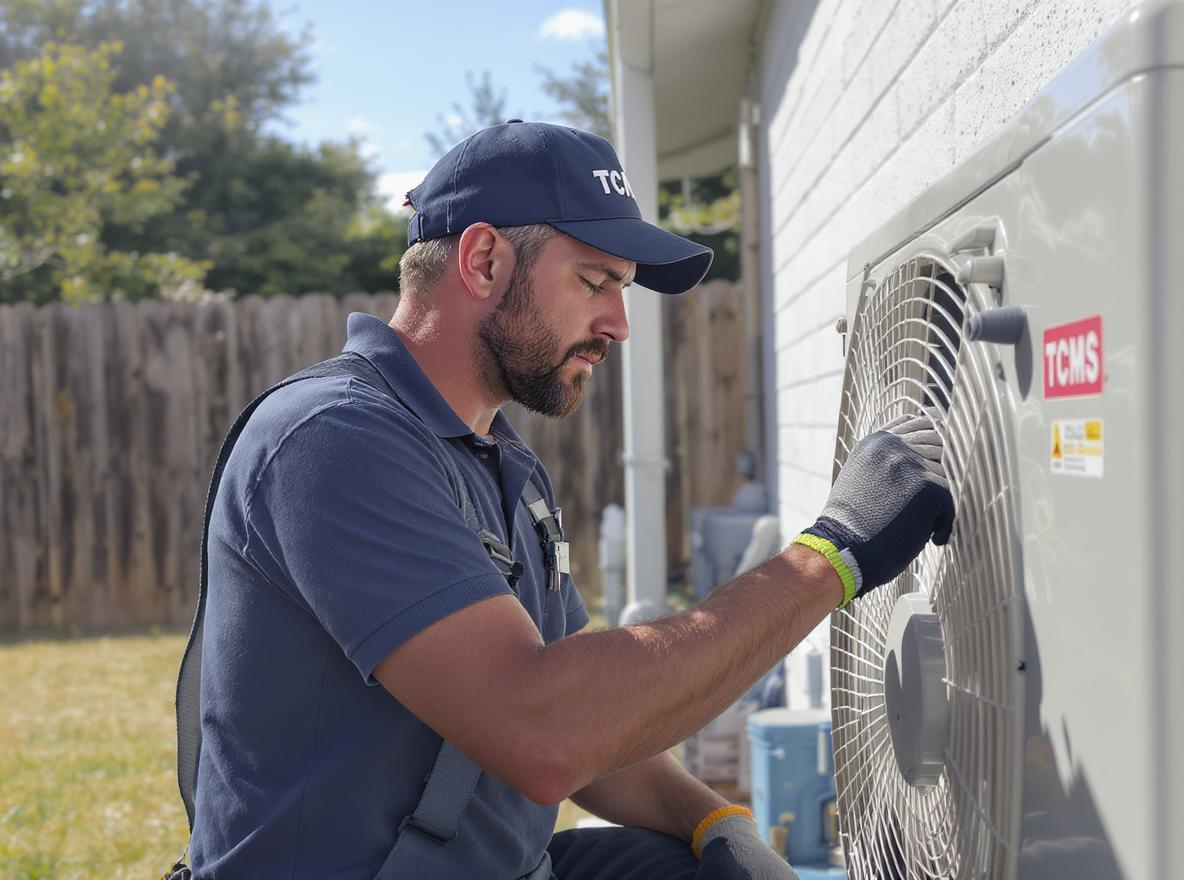An air-source heat pump can provide efficient heating and cooling, especially if you’re located in a warm climate.
When properly installed, an air-source heat pump can deliver one-and-a-half to three times more heat energy to a building than the electrical energy it consumes. In this blog post, we’ll tell you everything you need to know about air-source heat pumps and help you decide if this is the right option for your commercial building.
How do air-source heat pumps work?
A heat pump's refrigeration system consists of a compressor and two coils made of copper tubing (one indoors and one outside), which are surrounded by aluminum fins to aid heat transfer. In heating mode, liquid refrigerant in the outside coils extracts heat from the air and evaporates into a gas.
The indoor coils release heat from the refrigerant as it condenses back into a liquid. A reversing valve, near the compressor, can change the direction of the refrigerant flow for cooling as well as for defrosting the outdoor coils in winter.
When outdoor temperatures fall below 40°F, a less-efficient panel of electric resistance coils - similar to those in your toaster - kicks in to provide indoor heating. This is why air-source heat pumps aren't always very efficient for heating in areas with cold winters. Some units now have gas-fired backup furnaces instead of electric resistance coils, allowing them to operate more efficiently.
The efficiency and performance of today's air-source heat pumps is one-and-a-half to two times greater than those available 30 years ago as a result of technical advances such as:
- Thermostatic expansion valves for more precise control of the refrigerant flow to the indoor coil
- Variable speed blowers, which are more efficient and can compensate for some of the adverse effects of restricted ducts, dirty filters, and dirty coils
- Improved coil design
- Improved electric motor and two-speed compressor designs
- Copper tubing, grooved inside to increase surface area.
Most central heat pumps are split-systems - that is, they have one coil indoors and one outdoors. Supply and return ducts connect to a central fan, which is located indoors.
Some heat pumps are packaged systems. These usually have both coils and the fan outdoors. Heated or cooled air is delivered to the interior from ductwork that passes through a wall or roof.
Selecting a Heat Pump
Heating efficiency for air-source electric heat pumps is indicated by the heating season performance factor (HSPF), which is the total space heating required during the heating season, expressed in Btu, divided by the total electrical energy consumed by the heat pump system during the same season, expressed in watt-hours.
Cooling efficiency is indicated by the seasonal energy efficiency ratio (SEER), which is the total heat removed from the conditioned space during the annual cooling season, expressed in Btu, divided by the total electrical energy consumed by the heat pump during the same season, expressed in watt-hours.
The HSPF rates both the efficiency of the compressor and the electric-resistance elements. The most efficient heat pumps have an HSPF of between 8 and 10.
The SEER rates a heat pump's cooling efficiency. In general, the higher the SEER, the higher the cost. However, the energy savings can return the higher initial investment several times during the heat pump's life.
A new central heat pump (SEER=14) replacing a 1970s vintage unit (SEER=6) will use half the energy to provide the same amount of cooling, cutting air-conditioning costs in half. The most efficient heat pumps have SEERs of between 14 and 18.
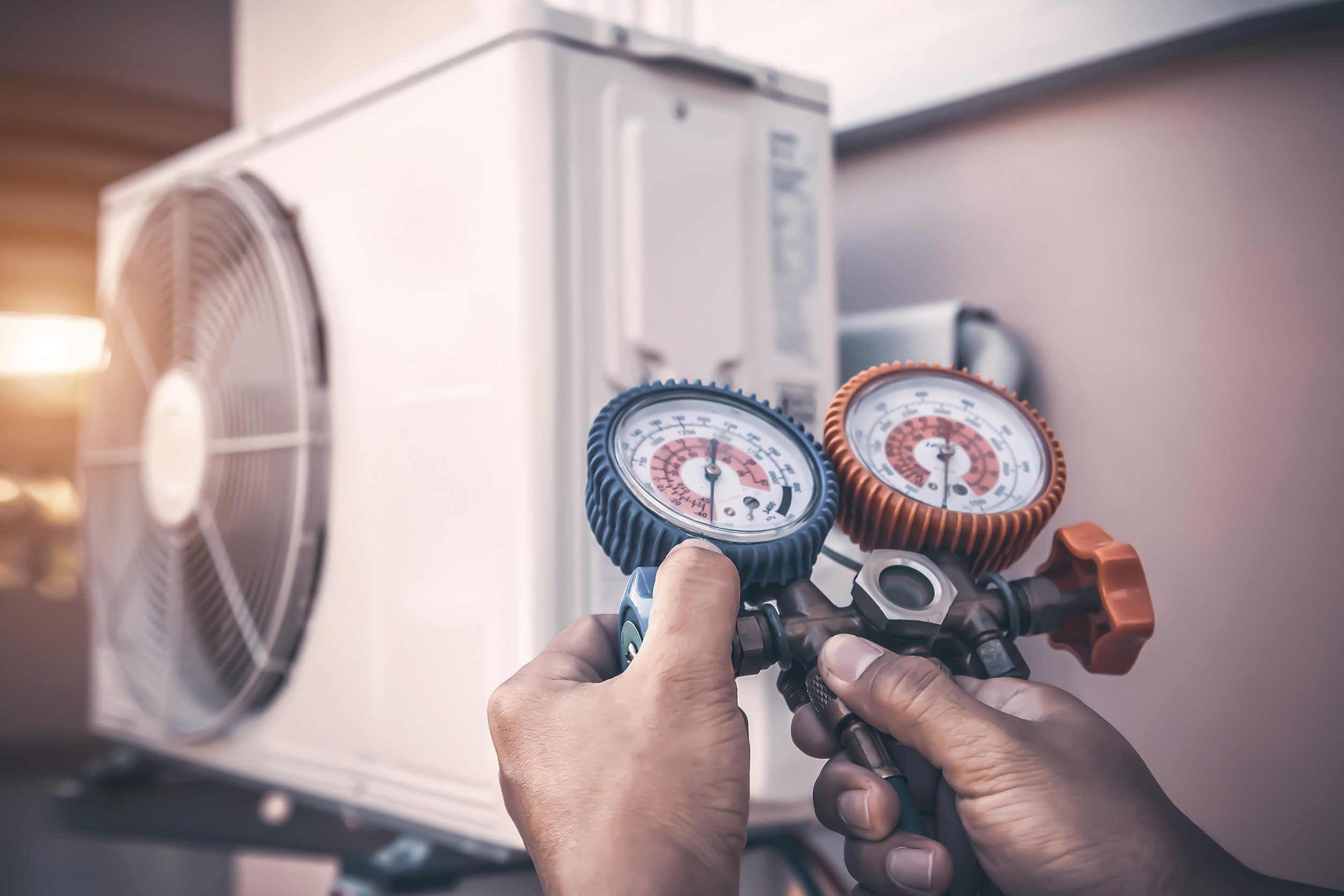
To choose an air-source electric heat pump, look for the ENERGY STAR® label. In warmer climates, SEER is more important than HSPF. In colder climates, focus on getting the highest HSPF feasible.
These are some other factors to consider when choosing and installing air-source heat pumps:
- Select a heat pump with a demand-defrost control. This will minimize the defrost cycles, thereby reducing supplementary and heat pump energy use.
- If you're adding a heat pump to an electric furnace, the heat pump coil should usually be placed on the cold (upstream) side of the furnace for the greatest efficiency.
- Fans and compressors make noise. Locate the outdoor unit away from windows and adjacent buildings, and select a heat pump with an outdoor sound rating of 7.6 bels or lower. You can also reduce this noise by mounting the unit on a noise-absorbing base.
- The location of the outdoor unit may affect its efficiency. Outdoor units should be protected from high winds, which can cause defrosting problems. You can strategically place a bush or a fence upwind of the coils to block the unit from high winds.
Performance Issues With Heat Pumps
Heat pumps can have problems with low airflow, leaky ducts, and incorrect refrigerant charge. There should be about 400 to 500 cubic feet per minute (cfm) airflow for each ton of the heat pump's air-conditioning capacity. Efficiency and performance deteriorate if airflow is much less than 350 cfm per ton. Technicians can increase the airflow by cleaning the evaporator coil or increasing the fan speed, but often some modification of the ductwork is needed.
Refrigeration systems should be leak-checked at installation and during each service call. Room heat pumps and packaged heat pumps are charged with refrigerant at the factory and are seldom incorrectly charged.
Split-system heat pumps, on the other hand, are charged in the field, which can sometimes result in either too much or too little refrigerant. Split-system heat pumps that have the correct refrigerant charge and airflow usually perform very close to the manufacturer's listed SEER and HSPF. Too much or too little refrigerant, however, reduces heat-pump performance and efficiency.
For satisfactory performance and efficiency, a split-system heat pump should be within a few ounces of the correct charge, specified by the manufacturer. The technician must measure airflow prior to checking the refrigerant charge because the refrigerant measurements aren't accurate unless airflow is correct.
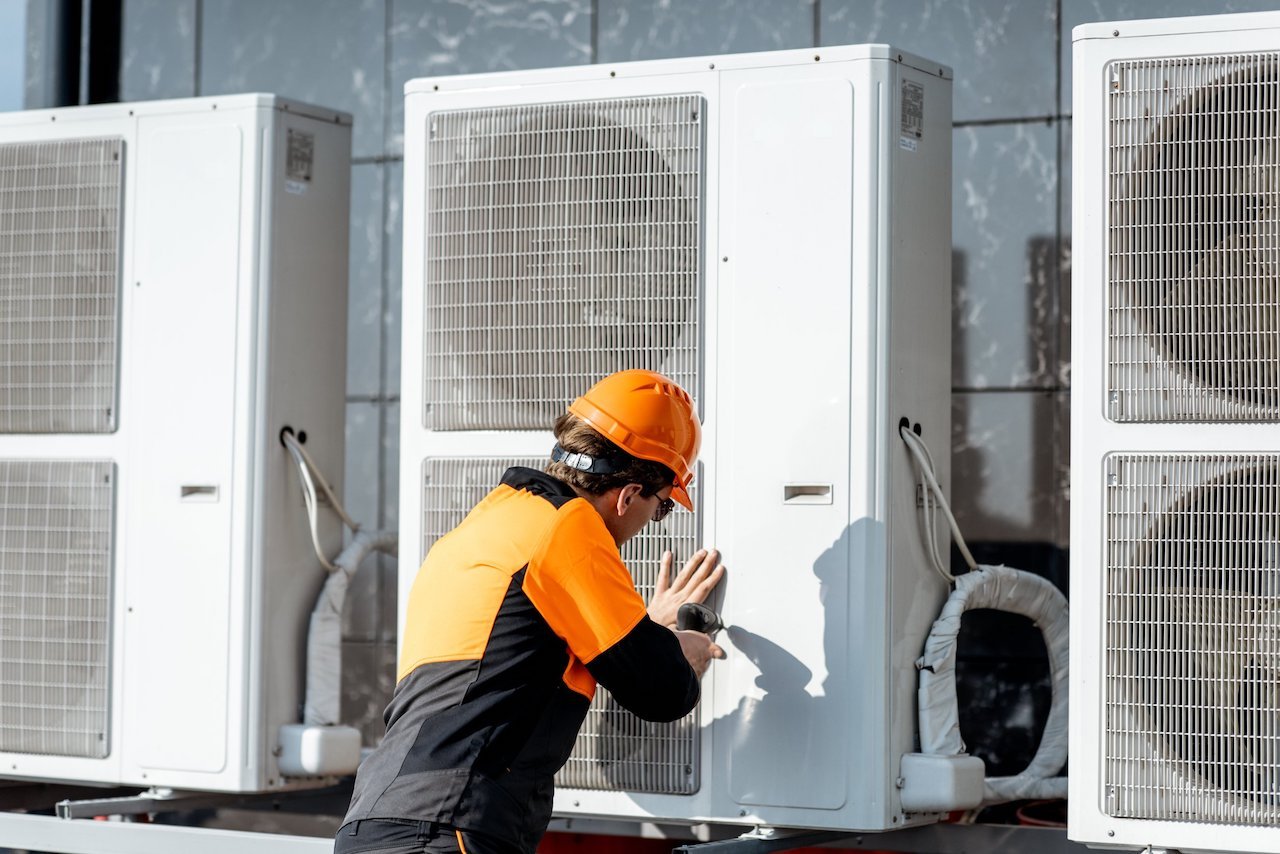
When the charge is correct, specific refrigerant temperatures and pressures listed by the manufacturer will match temperatures and pressures measured by your service technician. Verify these measurements with the technician. If the manufacturer's temperatures and pressures don't match the measured ones, refrigerant should be added or withdrawn, according to standards specified by the EPA.
Is an air-source heat pump right for me?
Although air-source heat pumps can be used in nearly all parts of the United States, they do not generally perform well during extended periods of sub-freezing temperatures. In regions with sub-freezing winter temperatures, it may not be cost-effective to meet all your heating needs with a standard air-source heat pump.
Systems with gas heating as a backup can overcome this problem, however. Heat pumps specifically designed for cold climates also show promise, and reverse cycle chillers may operate efficiently at below-freezing temperatures.
Advanced Technologies: Reverse Cycle chillers
One of the more notable innovations in air-source heat pumps is called a reverse cycle chiller (RCC). It offers the advantages of allowing the homeowner to choose from a wide variety of heating and cooling distribution systems, from radiant floor systems to forced air systems with multiple zones. It also offers the potential for lower winter electric bills and hotter air out of the supply vents for greater comfort.
An RCC is especially economical for all-electric homes or in areas where natural gas is not available. Depending on other fuel rates, it may even be the least expensive heating option among the remaining heating fuel choices.
The system consists of a standard single speed, air-source heat pump, sized to the heating load rather than the usual smaller summer cooling load. The heat pump is connected to a large, heavily insulated tank of water that the heat pump heats or cools, depending on the season of the year. Most systems will use a fan coil with ducts, using the stored water to heat or cool the air and distribute it to the house.
The RCC system allows the heat pump to operate at peak efficiency even at low temperatures. This provides greater comfort and economy without the need for electric resistance auxiliary heating coils.
The RCC can also be equipped with a refrigeration heat reclaimer, which is similar to the common desuperheater coil found on the high-end heat pumps and air conditioners. The combined system costs about 25% more than a standard heat pump of similar size, and the simple payback on the additional cost in areas where natural gas is not available is about 2 to 3 years.
Advanced Technologies: Cold Climate Heat Pumps
One company has developed the cold climate heat pump, which features a two-speed, two-cylinder compressor for efficient operation, a back-up booster compressor that allows the system to operate efficiently down to 15°F, and a plate heat exchanger called an "economizer" that further extends the performance of the heat pump to well below 0°F.
Upgrading Your Commercial Heating System
Air-source heat pumps are one of the most efficient ways to heat a commercial building during the winter. They are generally best suited for warmer climates, however, there are some models that are designed specifically for cold climates.
Whether you’re designing a new system or looking to protect your existing HVAC/R equipment, TCMS can help you find the best equipment for your property. Contact us today to learn more.

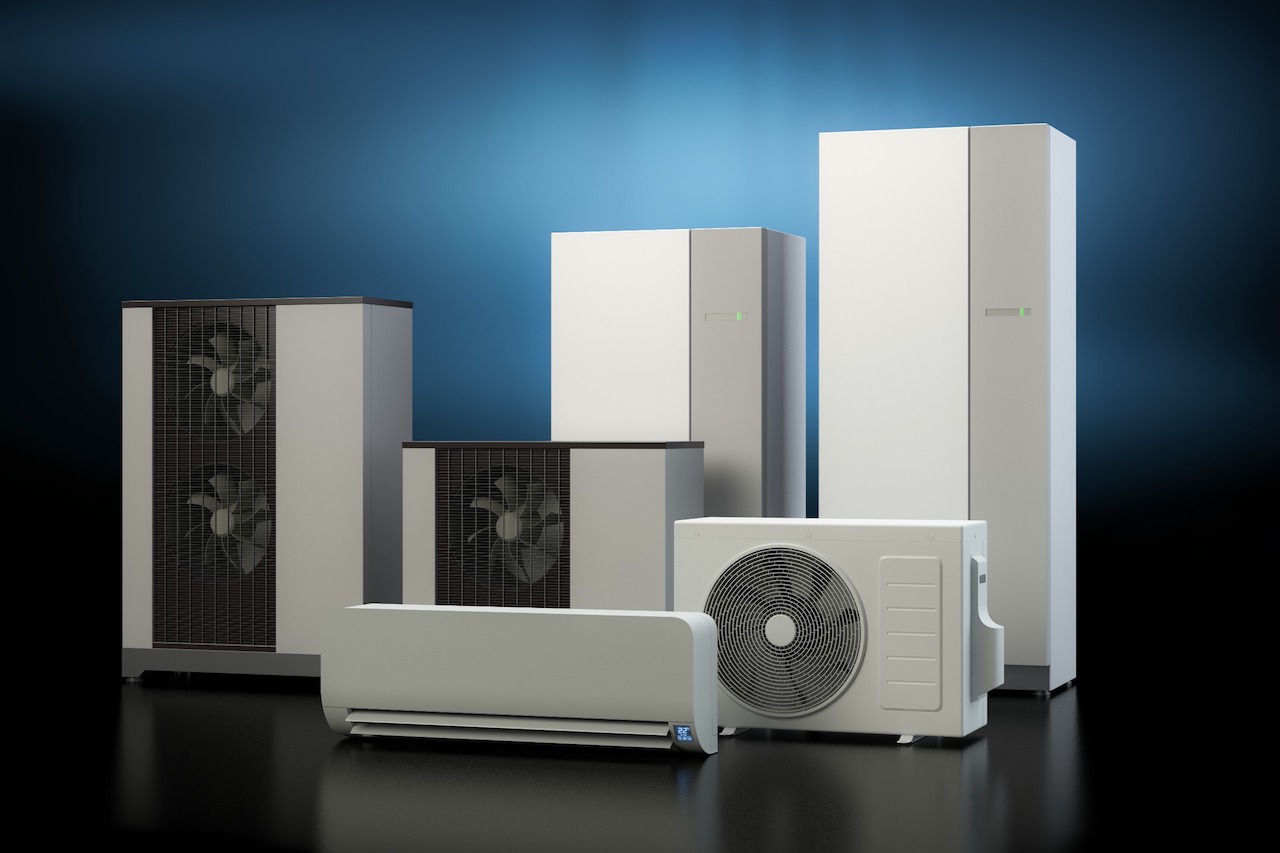


.png)
